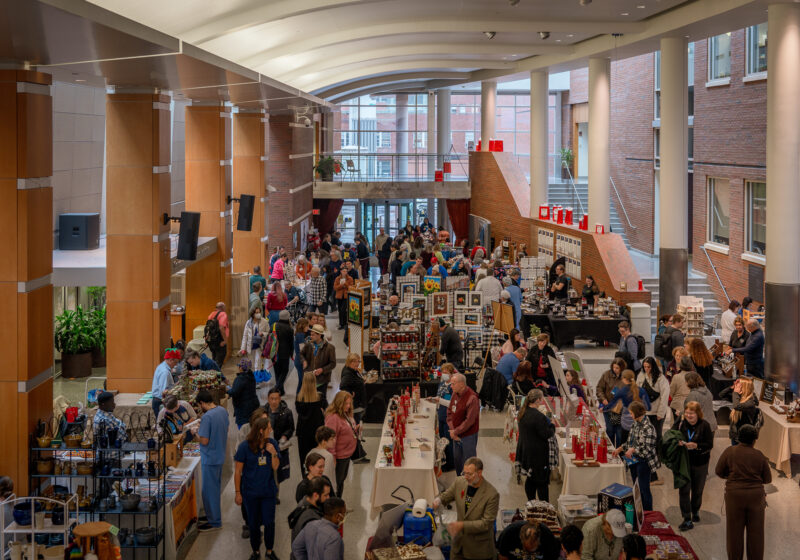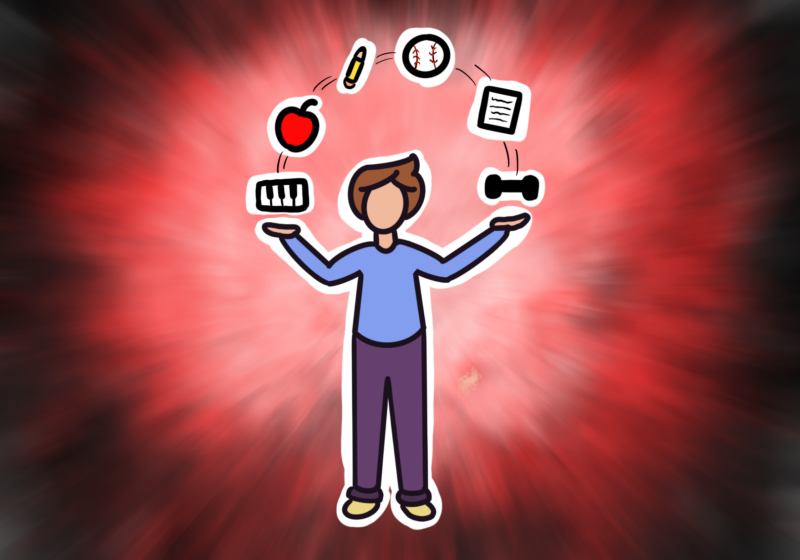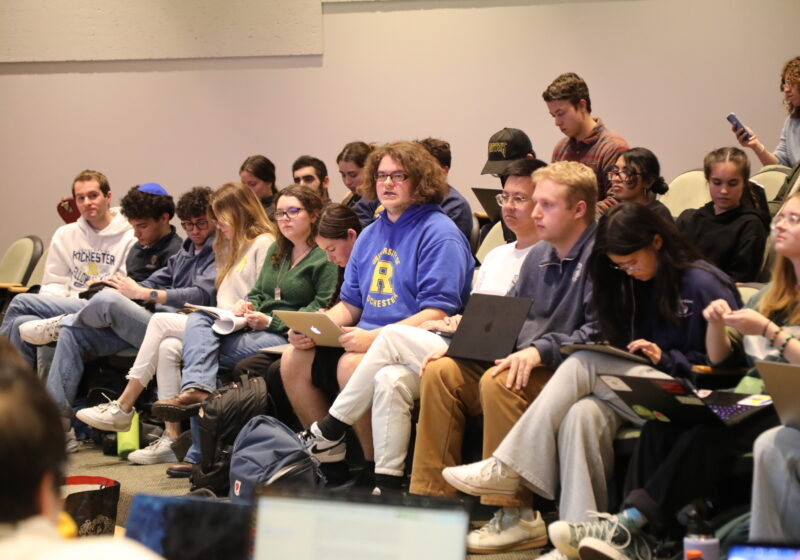The COVID-19 pandemic has significantly changed the way that student organizations operate on campus. Health guidelines greatly limit the ability of clubs to hold in-person events, and members are now scattered throughout the world.
In response to the pandemic, new policies were implemented. Fall Leadership Training for executive board members of student organizations was moved online. Organizations are now required to submit an event proposal in addition to regular event registration. Off-campus events have been banned. Most organizations are not allowed to hold general membership meetings in person, but they can sign up for in-person e-board meetings of up to 10 people.
The ways that student organizations get the word out were also limited or altered. The activities fair was moved to a virtual format across multiple days. Organizations could no longer table in Wilson Commons. And, tunnel painting was also halted due to health concerns.
The results are bleak. Some organizations may have trouble returning to their pre-pandemic operations even after the pandemic is over. Meanwhile, as engagement with organizations on campus drops, so does social isolation. Thus, the ability of student organizations to adapt to the pandemic is important both for students’ mental health and for the long-term success of those organizations.
Each organization faced new challenges, and some had larger challenges than others. The Campus Times spoke to a wide variety of club presidents about how their club is operating; nearly two months in, some clubs have still not figured out how to adapt, while others are doing just as well, if not better, than last year.
Throughout the summer, it was unclear what the fall semester would look like. The extent of in-person learning and on-campus living was unclear and dependent upon changing government health policies. As a result, policies for events and other club activities remained up in the air until closer to the start of the semester.
The Fall Leadership Training was meant to assist student organizations as they navigate those new policies, and as always, advisors provided an additional resource. Most club presidents we spoke to felt that they understood the new guidelines. But to some, confusion around changing policies was an issue.
The difficulty of adhering to new policies was a problem, but will likely have less of a long-term impact. The most common challenges facing organizations are decreased recruitment of first-years, decreased retention of existing members, and difficulty converting events to a virtual format.
Some groups have done quite well with virtual recruitment. The Black Students’ Union, for example, has a large social media presence, which increased the group’s visibility to first-years. Doctors Without Borders found success recruiting at the virtual activities fair.
But other groups, like American Society of Mechanical Engineers, said that the activities fair was a bust and recruitment of first-years is down this year.
Retention of existing members, however, seems more dependent on the ability of each organization to preserve as much normalcy as possible despite restrictions.
Most organizations have managed to adjust their activities to fit the health guidelines, whether in a hybrid or fully-virtual format. Ballet Performance Group holds hybrid rehearsals, mostly practicing on Zoom but also using the tent on the Wilson Quad. Discussion-based and professional groups like College Feminists and Pre-Law Society could continue their normal meetings and events online.
But some groups have had difficulty retaining members as events are modified or cancelled. Junior Yisheng Zhong, president of the Chinese Students’ Association (CSA), said the group has planned virtual photography and singing competitions, but their off-campus outings have been cancelled. For CSA, membership retention and first-year recruitment are both down.
Some groups have changed things around in order to prioritize in-person meetings. American Sign Language Club holds meetings in-person, but is limited to 10 people. As a result, they cut their normal meetings in half and have two groups of 10 people meet in person over the course of the normal meeting time.
“It’s a weird combination where members are really happy to get out of their rooms and get hands-on work in-person, but also people are very cautious about coming out because of the increase in cases on campus,” senior Maddy Bedrock, president of Baja SAE said. Baja SAE used Zoom even before the pandemic, so the switch to virtual was relatively easy. Though they are still able to work in their shop with limited capacity, the Society of Automotive Engineers, affiliated with Baja SAE, is still figuring out the logistics of a possible hybrid competition in the late spring.
Community service organizations have been among the hardest hit by the need to move most activities to a virtual format.
For example, Toy Adaptation Program holds meetings in the tent on the Wilson Quad, where they adapt battery-operated toys for differently-abled community members. While this causes their attendance to be somewhat dependent on how cold it is outside, it at least allows them to continue their mission.
But normally, they would travel into the Rochester community to donate those toys and hold events to teach families of children with disabilities how to adapt those toys. This year, in-person off-campus events are not allowed, and the group has only planned one virtual outreach event.
Other organizations aren’t as lucky; they haven’t been able to meet in-person and are struggling. Another community service organization, Food Recovery Network, has not met at all outside of e-board since they are not allowed to collect and deliver. “We have pushed the administration to allow us to collect food because we know that it is still being wasted but they won’t approve it,” Food Recovery Network’s president, junior Annie Rosenow, said. She was hopeful, though, that next semester the group will be allowed to collect food again.
Other community service groups have had a rocky start moving to virtual events. Only half of the schools and community partners that Partners in Reading works with asked the group to continue tutoring online. Circle K, which normally volunteers in the community, had to find service activities that could be conducted through Zoom, such as helping with crowdsourced research.
Beyond the challenges, the resiliency and dedication of student leaders is what will keep organizations alive. “This semester is nothing like what any of us expected, but it sure will be one for the books!” senior Lia Nelson, president of Ballet Performance Group said.






